Terrorism is real, but so is the enduring triumph of good over evil, writes Angela Mollard
OUR children may be referred to as “millenials” or Gen Z or the iGen. But they are also Generation Terrorism. How do we make them feel safe?
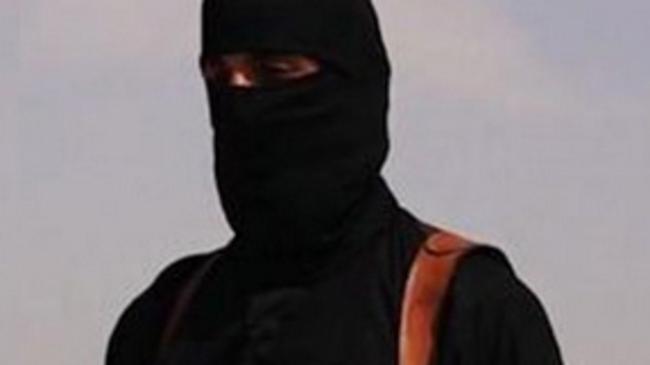
“I’m scared,” she says.
“What of, sweetheart?” I ask.
“Of ISIS. That they might kill us.”
My daughter is 10 and we’re walking across one of the most stunning headlands in the country. She has a torch shining like a miner’s lamp from the middle of her pixie forehead and there have been cartwheels and lizards and new kids to tentatively befriend.
But with nightfall come fears. Are the terrorists going to attack us? Where would they choose? Her eyes gaze across the harbour to the city, which has shrugged off its corporate suit and is now twinkling as sweet and safe as a Disney theme park.
“What if one of us has our legs blown off like the lady on the radio?” Oh dear. Perhaps it wasn’t the right decision to listen to an interview with London bombing survivor Gill Hicks as I drove my daughter home a few months ago. Listen, I’d urged at the time. What an incredible woman. But a child only hears the grisly stuff.
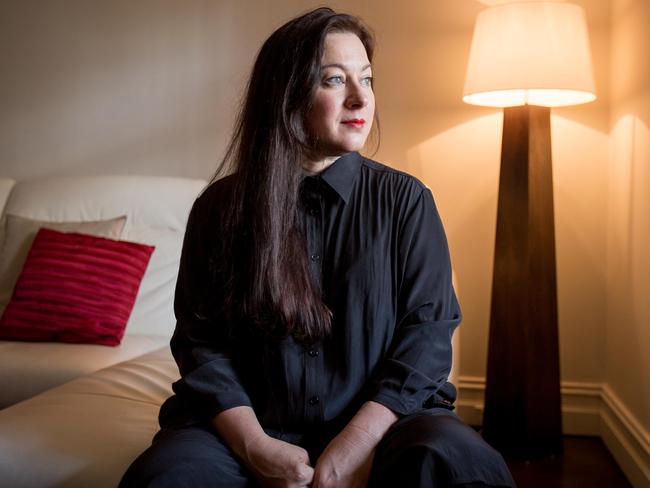
My children — our children — may be referred to as “millenials” or Gen Z or the iGen. But they are also Generation Terrorism. I was breastfeeding the eldest as the Twin Towers fell, their dad was one of the first photographers on the ground when Bali was targeted a year later and we were in England visiting relatives when the London Underground was bombed in 2005.
You think you can shield them from news bulletins, from adult talk; that their innocence can be ring-fenced by an animated reading of The Magic Faraway Tree and a fistful of Cheezels. But they hear it. They see.
Check the history on the computer. My girl is obsessed with The Bachelor and there, next to a story she’s been reading on whether the douchebag is in love (yes, darling, with himself), is a headline she’ll have spotted: “Terror suspects stopped at Aust. airports”.
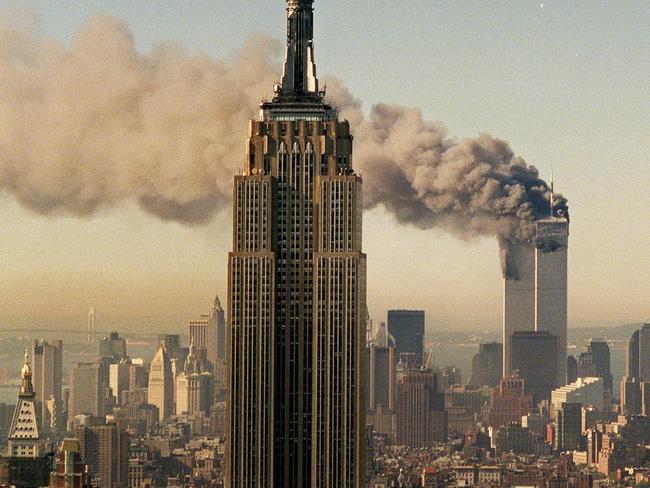
What to do? Monitor their online activities, obviously, but we’re kidding ourselves if we think this uber-connected generation can be protected from life outside their front door. A couple of years ago the questions were simple: “If you’d done a handstand when you were pregnant with me, would I have fallen out of your mouth?” Now: “What’s a beheading?”
You could buy them an anti-ISIS colouring book, soon to be reissued with supplementary “terror update on global jihad” pages (I’m not joking). Better still, why not dress up their Barbie dolls in Ken’s commando gear and repurpose the pink plane into an F-18 fighter jet?
A friend has told his kids that more people die on the roads. My mate, the psychologist Ian Wallace, says to stress there’s a minimal threat, to be wary of kids listening to adult conversations, and to point out all the things that continue as normal in their lives.
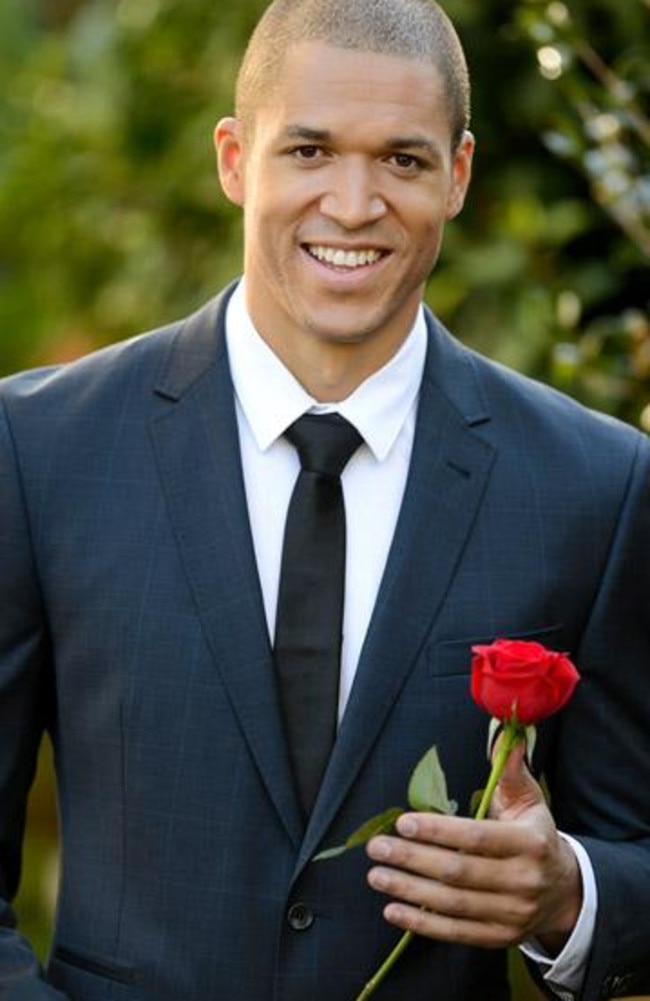
My inclination is also to tell them that most people are good and that what connects us as humans is far stronger than what divides. I tell them that terrorists boasting they are the voice of Islam is the same as the White Witch claiming she is the Queen of Narnia. And look how that ended!
The burqa, I point out, is not some creepy disguise like the red cloak worn by the wolf in Little Red Riding Hood but simply an item of clothing adopted by women of a culture no less loving than ours. “But it looks scary,” one says. “Yes, it might,” I reply. “But isn’t that your problem, not theirs? Besides, don’t you think bikinis look a bit odd to someone who doesn’t wear one?”
My youngest asks if life was less scary when I was a kid. When I was 12, I tell her, an Air New Zealand jumbo jet crashed into Mount Erebus, killing all 257 on board. I mention apartheid and how the Springbok tour caused riots in the country of my childhood.
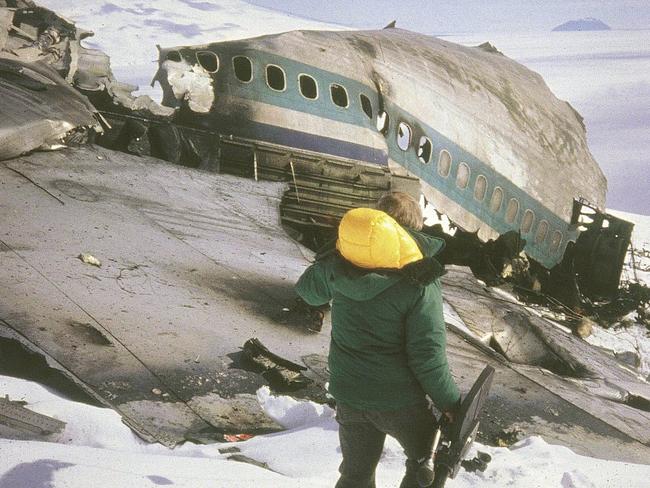
Good people changed a bad situation, I tell her, despairing, not for the first time, that her generation is bereft of protest songs. Peter Gabriel and The Specials helped me care and understand; if only Miley, Minaj et al could apply themselves to something more meaningful than their own bodies.
But back to that night on the headland. I reminded my daughter why we were walking: because along with the broadcaster Adam Spencer and Channel Seven’s Magdalena Roze (we still need another — anyone?), we are training to do Coastrek and in the process raising money for the Fred Hollows Foundation. Just one walk, on one day, I explained, would help 120,000 people get their sight back.
Think of all the people at the Taylor Swift concert, multiply it by three and that’s how many lives would be changed. And all because one fine man many years ago believed it could and should be done. Terrorism is real, we can tell our children, but so is the enduring triumph of good over evil.
Email: angelamollard@gmail.com
Twitter: @angelamollard




